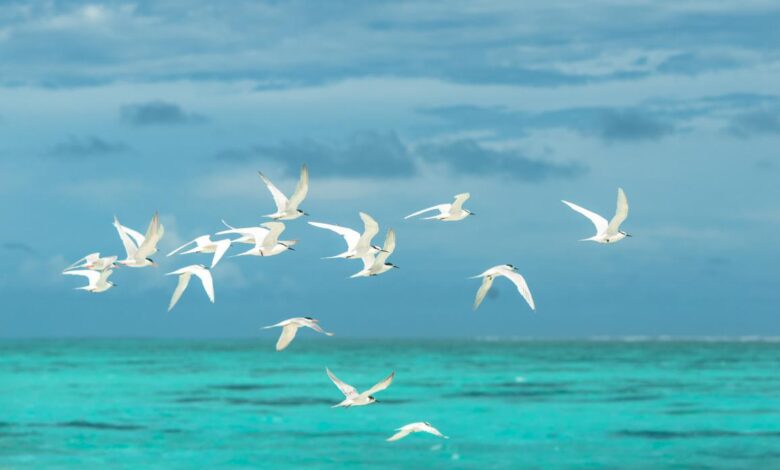
What are birds
Birds are warm-blooded, bipedal egg-laying vertebrates that are characterized primarily by their physical features of feathers, forelimbs modified as wings, and hollow bones.
Birds range largley in size from tiny hummingbirds all the way up to the huge Ostrich. Depending on how you look at it, and what your viewpoints are there are approximately ten thousand different species of living birds.
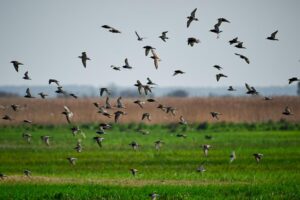
Note the living. there are several others that have become extinct throughout human history. This mass in numbers makes birds the most diverse class of terrestrial vertebrates.
Birds are at the majority of times a very differentiated class, with some feeding on nectar, plants, seeds, insects, rodents, fish, carrion, or other birds.
Most birds are diurnal, which means that they are active during the day. Some wild birds, such as owls and nightjars, are nocturnal or crepuscular which means that they are active during the night.
Several birds will migrate long distances to take advantage of optimal habitats. With that aside there are others that will spend almost all their time at sea. Some birds have the ability to stay up in the air for days at a time, even sleeping while in the air.
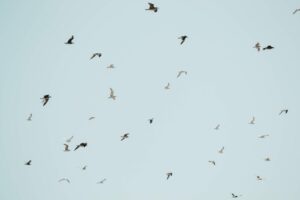
All birds have similar characterists:
– Bony beak with no teeth
– Laying of hard-shelled eggs for reproduction
– high metabolic rate
– Light and strong skeleton
Most birds also share the common trait of flight however there are sevaral species of flightless birds, that exist mostly on islands.
These are birds that once used to have the ability, but do to adaption have lsost it. A famous flightless bird is the kiwi which exists in New Zealand.
Trapping Birds for Food
Wild birds are often abundant in many environments. If you are in need of food for survival, those flying creatures may begin to look appealing.
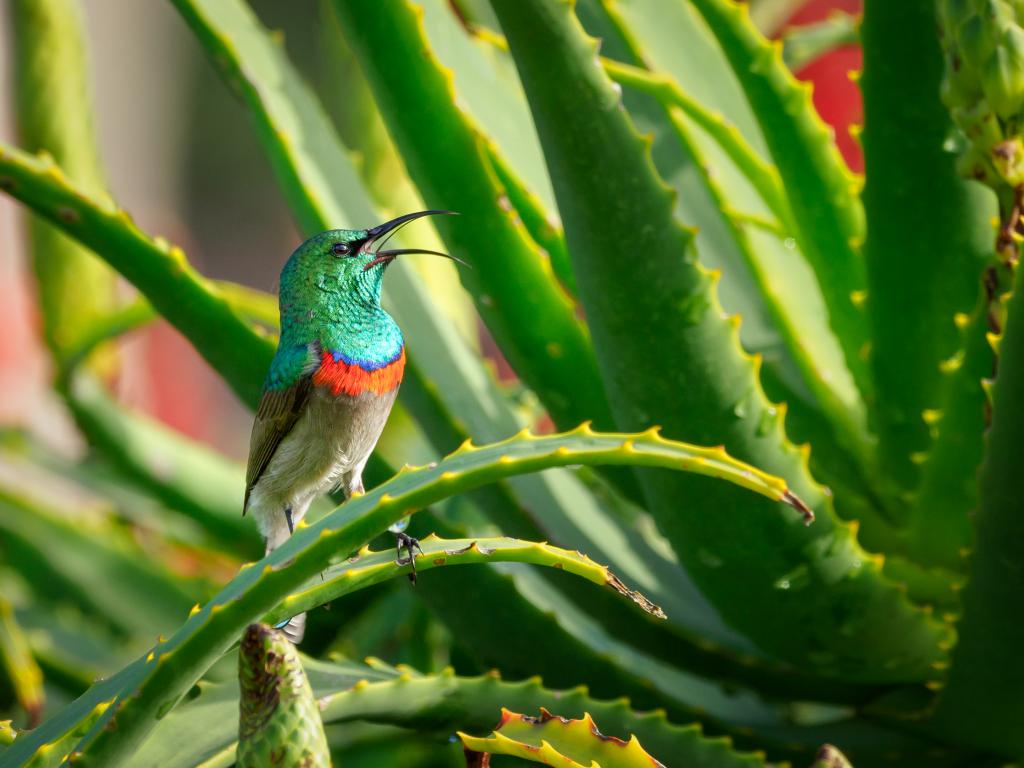
What birds are safe to eat in outdoor survival situations? How can you nab one of those flying birds to use for food?
If you are in need of food, rest assured that all birds are edible and safe to eat. None of the birds are poisonous. Be careful to select healthy animals whenever possible to reduce risk of disease.
To trap birds for consumption, it is helpful for you to know something about birds and their habits. Some birds, such as pigeons, can be captured by hand during the night right from their roost. Using this method of trapping your bird for food can be a simple method requiring little skill.
You should learn where and when specific species of birds make their nests. During nesting season, some birds refuse to leave their nests. Be aware of this fact to help trap your next meal.
Take a class to learn the different bird calls. Listening to the sounds of the birds in the environment can give you insight to what types of birds are available to hunt. The knowledge of certain birds can be extremely beneficial in a survival situation.
Observe the pattern of birds in the environment to encourage your survival. Frequently, birds will use similar paths from the nest to water, for instance. Place nets in these areas across the flight path of the birds to trap the animals.
Watering holes and roosting areas are excellent places to find dinner if you are getting hungry.
You may think that eating a cute, feathered friend is unappealing, but when hunger strikes, you will be better able to overcome this concern to prolong your survival. Trap or snare animals in these promising places easily.
If you are fortunate enough to come across a nest, you may find yet another food source. Eggs are great for providing nourishment in a survival situation.
Mark two or three eggs and remove the rest from the nest. The bird will continue to lay eggs to fill the nest. Always leave the marked eggs, but take the unmarked eggs as needed.
As you fight for your life to survive the wilderness, turn to birds for food. Trapping birds and collecting eggs can provide nourishment, giving you the energy you need to survive.
Learning about birds and their habits can improve your odds of trapping dinner. Educate yourself about the different bird calls, too. Practice preparing wild birds for consumption.
This skill can be useful if you should ever find yourself lost or stranded in the wilderness in need of food for survival. There are techniques that make preparation of birds for eating, much easier.
Since birds are frequently abundant in most environments, it is important to learn about their behavior and preparation.
Practice identifying bird calls in the woods when on a hike. Learning about birds can help you be better prepared for survival in the event of an emergency.
Physical Therapy for Birds?
Physical therapy for birds – It may seem like the start of a joke, but it is very much a serious subject.
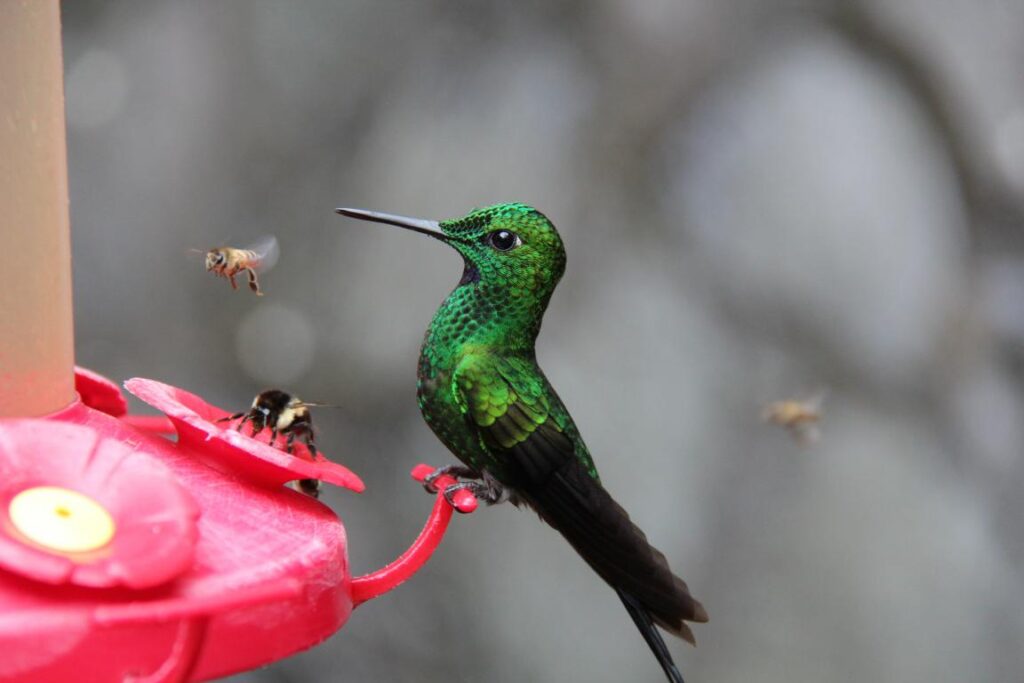
One may think that the physiology of birds is far removed from that of people, which again is a fact, but physical therapy for birds is a fast growing phenomena.
Yet what most people do not know is that, physical therapy for birds isn’t just something that should be done by a physical therapist, or a veterinarian for that matter, but it can be done by ordinary folks.
As long as you have no innate fear of birds and are comfortable in handling them, physical therapy for birds may very well prove to be a rewarding experience for both you and your pet.
Why go into physical therapy for birds? Whether it be a love for birds, a love for physical therapy, or even better, a love for both,
therapeutic handling of our feathered friends can be the start of something great. Throughout the years, the care and attention people bestow on their pets have grown to almost mythic proportions.
Where once, caring for a pet simply involved feeding and the occasional petting, today, pet owners groom their pets, and vets find cures for even the most mundane of afflictions.
An MRI or brain scan for pets is even available if you have got the money for it, so why not physical therapy for birds then? Looking at our pet birds,
most likely they would seem a picture of health. But birds aren’t meant to be caged and let live in an environment that most resembles an isolation room.
Imagine you being caged in a room where you can’t run, or walk, most cages for birds offer much the same limitations since birds are meant to fly. This lack of use of their wings results in a sort of atrophy thus paving the way for physical therapy for birds.
Nonetheless, physical therapy for birds is different from our traditional view of physical therapy.
For the birds, it’s more of a spending of time and letting birds express what is natural to them, unlike physical therapy for people where it mostly involves painful procedures for the patient.
For more on physical therapy for birds and how to do this correctly, consult professionals in your area or look for it in the web.
Many sites give in-depth instructions on how to go about physical therapy for birds, and a lot have different approaches – look for one that suits you and your bird.
Know the ins and outs before trying out this wonderful practice, and you will be rewarded. For the birds? – very much so.
Attracting Wild Birds
As more land is used to accommodate the ever-growing human population, yards and city parks become important bird habitat. Diversified landscaping and feeding stations offer an oasis of resources in the middle of human domain.
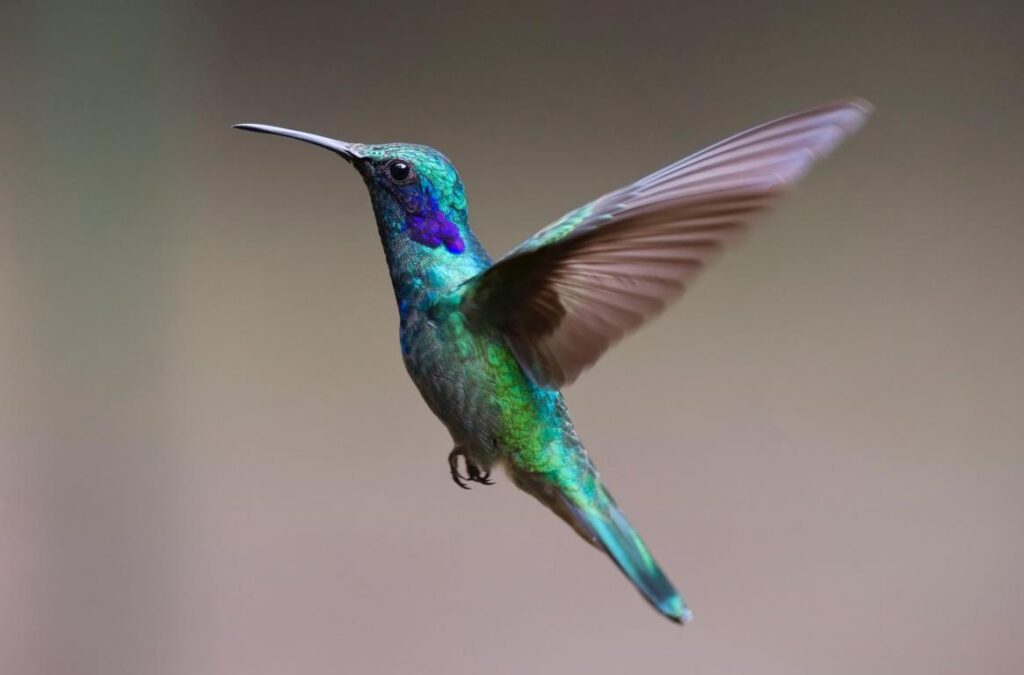
Feeding and watching birds gives families the opportunity to practice conservation right in their own yards. Children can learn and enjoy the wonders of nature right from the kitchen window.
Children will be able to observe the hatching of young chicks and learn how many birds help control the insect population.
One fun aspect of feeding birds is learning what birds are visiting your backyard habitat. There are several good identification field guides such as National Geographic, Peterson’s East & West and Birds of North America through which the wild birds can be identified.
Birds are grouped by physical characteristics. It is fairly easy to distinguish a duck from a songbird by just looking at body shape and size, as well as the beak and feet shapes. These physical characteristics will help identify birds: size, body shape, colors, markings, beak shape, feet and wing shape in flight. Birds have a variety of calls.
Good listeners can learn to tell the difference between “chickadee” and “cheerily – cheerio – cheeriup” calls of the Black-capped Chickadee and the American Robin. The most important element is the type of food offered to the wild birds. The widest variety of food sources ensures the widest variety of birds.
Ensure that your bird feeder is kept clean. Old, moldy seed left in the feeder will not attract wild birds. Not only is the food type important, but the time period you feed and the consistency of feeding is very important as well.
Many people will only feed the birds in the winter months, which is when they need it most, however, by feeding throughout the spring and summer months you will attract the migratory birds returning from southern climates.
In addition, by feeding in the spring and summer, parenting birds will have easy access to a food source for their young.
Food like seeds, protein rich insects and worms, flies; birds love mosquitoes, spiders, aphids and ants. Do not kill all the bugs in your yard if you want birds.
Flowers, shrubs and trees will encourage a rich insect life in your yard that will, in turn, provide necessary food for wild birds. If you want to attract hummingbirds to your garden, this can be accomplished in several ways.
If you plant honeysuckle, common lilac (with purple flowers), red geraniums, nasturtium, red petunias, red salvia, coral bells, columbine,
fuchsia and even scarlet runner beans, there is a good chance that you will see hummingbirds feeding among your flowers.
Fresh, clean water made available year round is an important element of attracting wild birds.
The simplest and most readily available is a shallow birdbath.
Birdbaths can be kept thawed even in winter by a birdbath heater. Most garden birds like a water source far enough from surrounding vegetation to offer surveillance against a surprise attack from squirrels, rats, big birds.
If there is water falling or dripping making sound this will attract birds even more towards the backyard. Birds are dependent on flight for safety; they are most vulnerable when they are “grounded” to rest, feed or nest.
To a bird, protection means staying both comfortable and safe. Again, a wide variety of plant vegetation and trees will find the best range of habitat for birds.
The selection of plants and their arrangement in the landscape are important in making a bird feel at home.
Protection from cold winds and driving rain allow birds to maintain body heat, and keep healthy. Birds that are exposed to cold, wet and windy weather are very vulnerable to exposure and resulting death.
Without protective cover near by, wild birds will not frequent bird feeders even if they are the best feeders with the most desirable seed.
Build nest and bird houses for birds to raise their families and provide them with shelter. When the birds will feel that there is a shelter provided to take care of the baby birds they will build their natural nests and start living and heave their family.
If you specially want to attract humming birds then take care that your feeders are full because they will begin moving south as early as July but it will take several months for the birds to begin to reach the southern U.S. and they can use your feeders during the trip.
They eat lots of protein in their diets too and that doesn’t come from sugar feeders and they need insects too. It is important to leave your feeders up and full.
Migrating birds need all the quick and easy nourishment they can find to sustain the incredible energy demands of migration. It is vital that hummingbirds fatten up for their extended trips, particularly those crossing the Gulf of Mexico.
For several weeks after your regular summer hummingbirds have left your flowers and feeders, migrating birds could be quickly passing through your gardens unnoticed.
Leaving your feeders up for at least three weeks after seeing your last hummingbird is essential.
what are birds meme,what are birds video,what are birds considered,information about birds,what are birds called,birds,what are birds mammals,what are birds for class 1,information about birds,birds,what are birds called,what are birds classified as,what are birds ks2,meaning of bird,
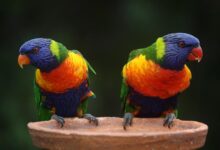
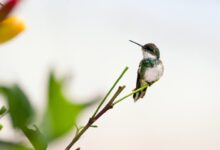

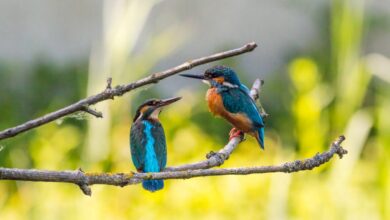

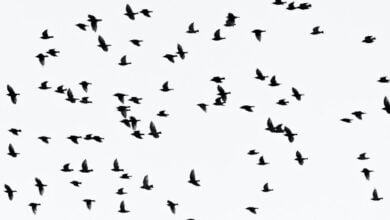
I agree with your point of view, your article has given me a lot of help and benefited me a lot. Thanks. Hope you continue to write such excellent articles.
Thank you for your sharing. I am worried that I lack creative ideas. It is your article that makes me full of hope. Thank you. But, I have a question, can you help me?